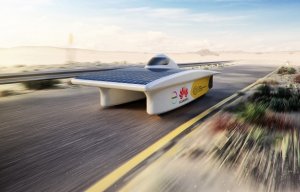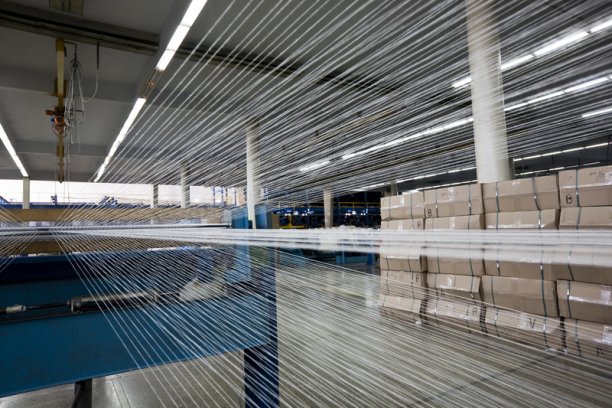
Covestro and Sonnenwagen Aachen team up for solar race in Australia
With a recent grant funded by the Wisconsin Alumni Research Foundation, scientists have begun experimenting with different ways to create solar textiles.

3rd August 2015
Innovation in Textiles
|
Madison, WI
“I found myself on a campus full of brilliant people of all disciplines so I just Googled solar research UW-Madison,” said Fairbanks, assistant professor in the School of Human Ecology's design studies programme and co-founder of Noon Solar, a Chicago-based company that made solar-charging handbags.
The search led her to Trisha Andrew, specialising in energy research and assistant professor of chemistry at UW-Madison. Andrew draws from the fields of chemistry, materials science and electrical engineering to develop low-cost, lightweight solar cells. Her most recent innovation is an organic dye-based solar cell deposited onto paper.
Andrew and her team are currently coating different weave types and structures with a polymer that increases the fabric’s conductivity tenfold. Once fully coated, the fabric will serve as the bottom electrode, and a base layer on which to build the rest of the solar cell.
“The idea of building solar cells on fabric is potentially transformative,” explained Andrew. “If we take this technology to grow devices on material, then we could talk wearable technology, as well as solar curtains, solar umbrellas, solar tents, or applications for the military.”
Though Fairbanks and Andrew are not the first to conceive of solar textiles, their collaboration overcomes a manufacturing challenge that Andrew says is slowing the rollout of cheap, consumer-friendly solar cells, namely the early integration of technologies emerging from the lab with actual manufacturing processes, the University reports. “There's no one out there, there's no designer working with a device person trying to do this — that's us — and that's what really excites me about this project even today,” said Andrew.
With a recent grant funded by the Wisconsin Alumni Research Foundation (WARF) and awarded by UW-Madison's Office of the Vice Chancellor for Research and Graduate Education, Fairbanks and Andrew have begun experimenting with different ways to create solar textiles.
One project has materials science and engineering graduate student Lushuai Zhang using vapour phase chemistry to coat different fabric weave types and structures with a polymer that increases its conductivity. Once the weave is at least 10 times more conductive than it was before coating, the fabric will act as the bottom electrode on which Zhang will deposit two different dyes and a top electrode — the contact between the four deposits making up a complete and functional solar cell.
A second idea grew from Fairbanks' knowledge of weaving. Since the four layers of a dye-based solar cell actually don't need to be placed down in sequence — the point being only to create the right contact between the four components — Fairbanks suggested they try creating a spool of thread for each of the components. If Fairbanks could then weave those threads together, two electrodes and two dyes, the weave's cross-sections would also create the contact points necessary for a fully functional device.

Business intelligence for the fibre, textiles and apparel industries: technologies, innovations, markets, investments, trade policy, sourcing, strategy...
Find out more